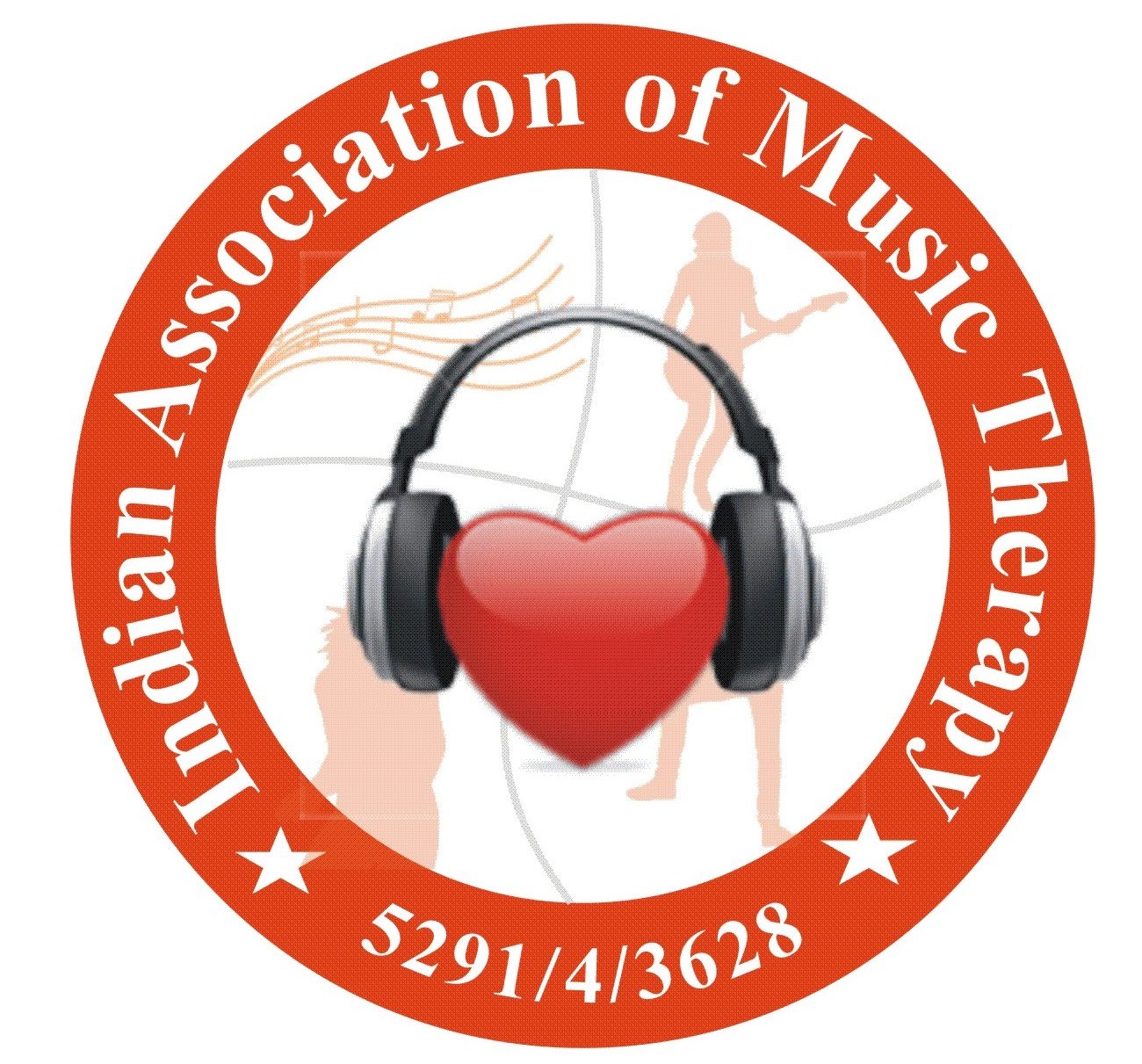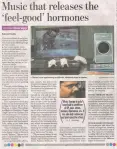All manuscripts submitted for publication should include the following:
COVERING LETTER– A cover letter that could explain why the paper should be published in the IJMT rather than a specialist journal. One of the authors could be identified as the corresponding author of the paper, who would be responsible for the contents of the paper and also answer.
MANUSCRIPT– Manuscripts can be submitted online only.
Authors are advised to see a recent issue of the journal to get familiar with the format adopted on various elements of a paper. Manuscripts should be presented in as concise a form as possible, typewritten in double space on one side of a A4 size paper. Pages should be numbered and the contents arranged in the following order:- Title; Name(s) of the author(s); Department(s) and Institution(s); Abstract; Keywords; Introduction; Material & Methods; Results; Discussion; Acknowledgement; and References. Abstract, Tables and legends for Figures should be typed on separate sheets and not in continuation of the main text. In manuscripts submitted by e-mail the text should be typed in MS Word and Figures/Photographs in JPEG or GIF format.
Title -Title of the article should be short, continuous, sufficiently descriptive and informative so as to be useful in indexing and information retrieval.
Abstract– All manuscripts should have an abstract of about 250-300 words with subheadings of background & objectives, methods, results ,interpretation and conclusions. Abstract should be brief and indicate the scope and significant results of the paper. It should only highlight the principal findings and conclusions so that it can be used by abstracting services without modification.
Key words-A set of suitable key words arranged alphabetically may be provided.
Introduction-Introduction should be brief and state precisely the scope of the paper. Review of the literature should be restricted to reasons for undertaking the present study and provide only the most essential background.
Material & Methods-The nomenclature, the source of material and equipment used should be clearly mentioned. New methods may be described in sufficient detail and indicating their limitations. Established methods can be just mentioned with authentic references and significant deviations, if any given, with reasons for adopting them. While reporting experiments on human subjects and animals, it should be clearly mentioned that procedures followed are in accordance with the ethical standards laid down by the national bodies or organizations of the particular country.
Experimental subject-For research carried out in India on human subjects, the ICMR’s Ethical guidelines for biomedical research on human subjects (2000) should be adhered to and for experiments on laboratory animals the guidelines of the Committee for the Purpose of Control and Supervision of Experiments on Animals (CPCSEA) should be followed. Adequate information should be provided on the care and use of laboratory animals, source of animals, strain, age, sex, housing and nutrition etc. Whenever needed, appropriate certification should be provided at the time of submission of the manuscripts. The drugs and chemicals used should be precisely identified, including generic name(s), dosage(s) and route(s) of administration.
Statistical analysis -The statistical analysis is done and the statistical significance of the findings should be mentioned. Give the details of statistical methods when new or uncommon methods are used for statistical analysis of data. Standard and routine statistical methods employed need to give only authentic references.
Results– Only those data that are essential for understanding the discussion and main conclusions emerging from the study should be included. The data should be arranged in a unified sequence so that the report develops clearly and logically. Data presented in tables and figures should not be repeated in the text or graphs. Only important observations need to be emphasized or summarized. Interpretation of the data should be taken up only under the Discussion and not under Results.
Discussion– Interpretation of the results discussed in this part. It should relate new findings to the known ones and include logical deductions. It should also mention any weaknesses of the study. The conclusions can be linked with the goals of the study but unqualified statements and conclusions not completely supported by the data should be avoided. Claiming of priority on work that is ongoing should also be avoided.
Acknowledgment-Acknowledgment should be brief and made for specific scientific/technical assistance and financial support only.
References-The total number of References should normally be restricted to a maximum of 30.
Literature references cited should be numbered consecutively and placed at the end of the manuscript. In the text they should be indicated above the line (superior).
Tables-Tables should be typed separately and numbered consecutively with Roman numerals (I, II, III, etc). They should bear brief title and column headings should also be short. Units of measurement should be abbreviated and placed below the headings. Statistical measurement variations such as SD and SE should be identified.
Illustrations– Three sets of illustrations (one set original and two copies) should be submitted, either as hard copies or electronically as TIFF file, numbered consecutively in Arabic numerals.
Line drawings should be made on good quality tracing paper. Letters, numbers and symbols should be clear in the figures and of sufficient size, so they can print without loss in clarity. Titles and explanation of symbols in the legends for illustrations, should be typed on separate pages.
Photographs should be unmounted and numbered consecutively. The title of the paper and authors name(s) should be pencilled on the back of the photographs. The pictures should be good quality prints on glossy paper. All the illustrations must be protected by thick card board packing against damages during transit.
All published material should be acknowledged and copyright material should be submitted along with the written permission of the copyright holder.
Enzyme Nomenclature– For enzymes, only the trivial names recommended by the IUPAC-IUB Commission should be used. At its first citation in the text of the paper its code number and systematic name should be indicated.
Abbreviations– Only standard abbreviations are to be used. Scientific Style and Format: The abbreviations should conform to the International System of Units (SI), The SI for the Health Professions (World Health Organization, Geneva) 1977. The title of the article should not contain abbreviations. The full term for which the abbreviation stands should be given after its first use in the text unless it is a standard units of measurement. The abbreviations should be used in the text, tables and illustrations without a full stop.
AUTHORS’ CONTRIBUTIONS– All authors are encouraged to specify their individual contributions at the bottom of the title page or on a separate page. The IJMT will not publish an item unless it has the signatures of all the authors.
UNDERTAKING BY AUTHOR(S)-It is necessary that all the authors give an undertaking (in the format specified by the journal) indicating their consent to be co-authors in the sequence indicated on the title page. Each author should give his or her names as well as the address and appointment current at the time the work was done, plus a current address for correspondence including telephone and fax numbers and email address. A senior author may sign the Undertaking by Authors for a junior author who has left the institution and whose whereabouts are not known and take the responsibility.
COPYRIGHT TRANSFER AGREEMENT-Author(s) will be asked to sign a transfer of copyright agreement, which recognizes the common interest that both journal and author(s) have in the protection of copyright. It will also allow us to tackle copyright infringements ourselves without having to go back to authors each time.
PROOFS AND REPRINTS-Proofs of accepted articles will be sent via e-mail
This will enable the file to be opened, read on screen and printed out for any corrections to be added. To avoid delay in publication, corrected proofs should be emailed after scanning or faxed to the publisher within 5days of receipt


